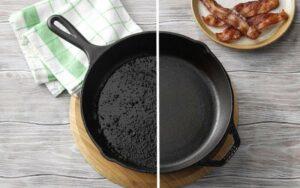
How to Clean Cast Iron Grill Easily: Banish Dirt Forever
If you went out and purchased a pricey cast iron grill pan without much research, you likely had no idea how to maintain it. While

If you went out and purchased a pricey cast iron grill pan without much research, you likely had no idea how to maintain it. While
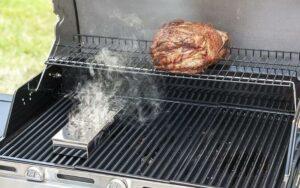
Do you love smoked meat? If you have an abundance of fresh meat, smoking them is a good method for storing and preserving it. Many
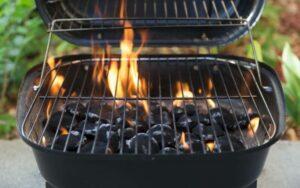
Grilling with charcoal is always an amazing experience, and this kind of grilling infuses the food with an intense smoky taste. Using charcoal grill and
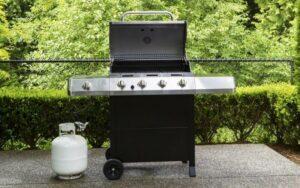
Nowadays, we all are upgrading to propane grills from our beloved charcoal grills. While charcoal grills have their place, gas grills are just easier to
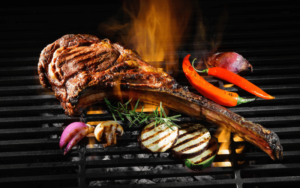
You’ve tried steaks but have you ever had a Tomahawk steak cut? This may be the ultimate carnivore meal; a huge hunk of meat with
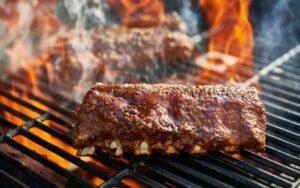
We love grilling, but we aren’t too fond of the 4-6 hour cook time. Who has the patience, especially when you want barbeque ribs on
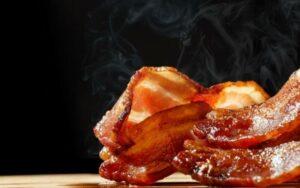
Hate cooking bacon on the stove? Few people fry bacon on a pan and get away unscathed; there are oil splatters and burns and most
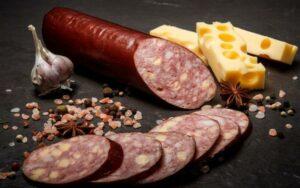
Weather warming up? The first days of summer are a great time for making jams, compotes, and preserves! But did you know that sweet and
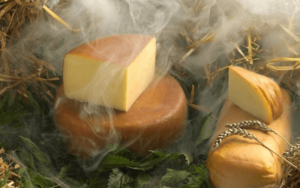
You know and love cheese with all your heart. But are you ready to level up your cheese? We’re talking about smoked cheeses. These delectable
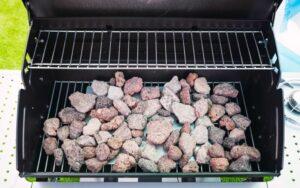
Remember the time when all the built-in gas grills came with their own set of lava rocks? Those days are gone. Now you can hardly